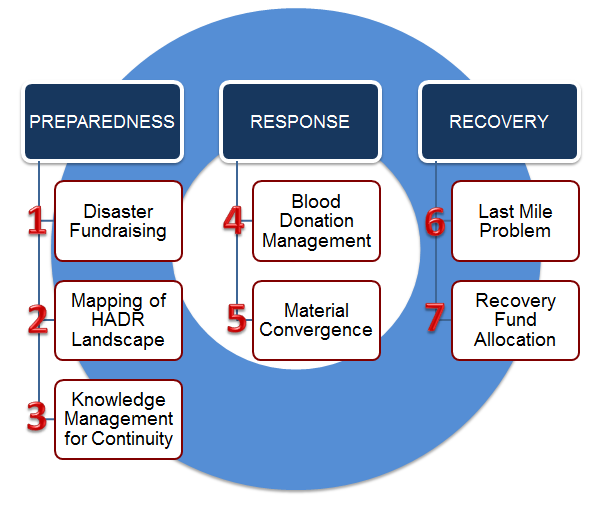
Asia is the most disaster-prone region in the world, with four of the top 5 countries most frequently hit by natural disasters coming from Asia. Singapore, being a knowledge and logistics hub, is in a good position to help advance the humanitarian cause.




